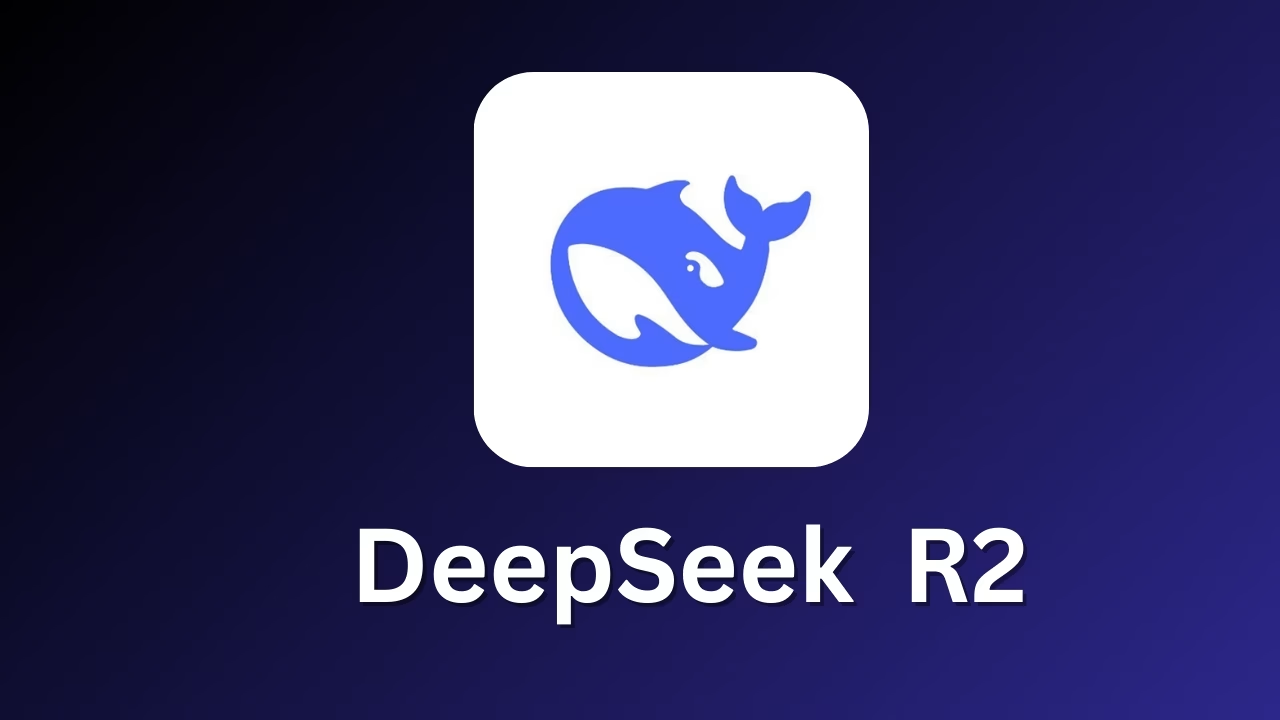DeepSeek R2's Elusive Debut: Unpacking the Reasons Behind the Delay
It's a question that's been buzzing around the AI community lately, isn't it? Where's DeepSeek R2? We've heard whispers, seen the anticipation build, and then... silence. For those of us who follow the cutting edge of large language models, DeepSeek has certainly made a name for itself with its open-source contributions and impressive performance. So, when a highly anticipated model like R2 seemingly vanishes from the release schedule, it naturally sparks curiosity. What gives?
Well, after digging into the latest reports and piecing together the puzzle, it seems the delay isn't due to a single, simple issue. Rather, it's a confluence of factors, a perfect storm of technical challenges and geopolitical realities that have put the brakes on DeepSeek's ambitious plans.
Performance Hurdles: The CEO's Discontent
First off, let's talk about the core product itself. You'd think a company like DeepSeek, known for its technical prowess, would be all systems go once a model is "ready." But apparently, "ready" is a subjective term, especially when you're aiming for the top tier of AI innovation.
Recent reports indicate that Liang Wenfeng, DeepSeek's CEO, isn't quite satisfied with the R2 model's performance. This isn't just a minor tweak or a bug fix; it suggests a fundamental concern about the model's capabilities or its alignment with the company's high standards. When the person at the helm says it's not good enough, it means a lot. It tells us they're prioritizing quality over speed, which, frankly, is a commendable stance in an industry often rushing to market. Imagine releasing a model that doesn't live up to the hype. That's a reputation killer. So, while frustrating for those of us waiting, it's probably the right call from a long-term strategic perspective.
The Chip Conundrum: Nvidia Shortages and Export Restrictions
Now, this is where things get a bit more complex, and frankly, a lot more geopolitical. Even if DeepSeek had a perfectly performing R2 model sitting on their servers, they'd still face a monumental hurdle: hardware. Specifically, the scarcity of high-end Nvidia chips, particularly the H20 series, in China.
You see, developing and deploying a cutting-edge AI model like R2 isn't just about brilliant algorithms; it requires immense computational power. We're talking about racks upon racks of specialized GPUs. And right now, thanks to ongoing U.S. export restrictions that tightened in April 2025, getting those crucial Nvidia chips into China has become incredibly difficult. It's like trying to bake a cake without flour. You can have the best recipe in the world, but if you can't get the ingredients, you're stuck. This isn't just a DeepSeek problem; it's an industry-wide challenge for Chinese AI firms. The supply chain vulnerabilities are real, and they're impacting innovation.
The Shifting Sands of Strategy: From Acceleration to Delay
It's interesting to note how quickly DeepSeek's strategy has had to pivot. Earlier this year, there was a clear push to accelerate R2's release, with some whispers of a May 2025 launch. That's a pretty aggressive timeline, especially for a model of this scale. This initial acceleration suggests a keen awareness of the competitive landscape.
But then, the reality of performance issues and hardware constraints hit. The shift from "let's get this out as fast as possible" to "we need to hold back" is a significant one. It underscores the immense pressure AI companies face to innovate rapidly while also ensuring product quality and navigating a complex global supply chain. It's a delicate balancing act, and sometimes, you just have to pump the brakes.
Broader Implications for China's AI Ambitions
The DeepSeek R2 delay isn't just a story about one company; it's a microcosm of the larger challenges facing China's ambitious drive to lead in AI. The nation has poured significant resources into becoming a global AI powerhouse, and companies like DeepSeek are at the forefront of that push.
- Market Position: Every day R2 is delayed, competitors, both domestic and international, are pushing their own models forward. This could impact DeepSeek's market share and influence in a rapidly evolving sector. It's a race, and being sidelined, even temporarily, can be costly.
- Supply Chain Resilience: The Nvidia chip shortage highlights a critical vulnerability. China's reliance on foreign-made advanced semiconductors for its AI ambitions is a strategic weak point. This situation will undoubtedly intensify efforts within China to develop indigenous chip capabilities, but that's a long-term game. For now, they're feeling the pinch.
Community Reactions and the Road Ahead
On platforms like X (formerly Twitter), you see a mix of understanding and impatience. Most in the tech community grasp the complexities of both performance tuning and hardware acquisition, especially given the current geopolitical climate. There's a general sympathy for DeepSeek's predicament, recognizing that these aren't trivial issues.
What does this mean for R2? It means more time in the lab, more optimization, and a continued scramble for the necessary computational muscle. It's a tough spot for DeepSeek, they've got to balance innovation with market demands and external pressures. But if history is any guide, companies that take the time to get it right often emerge stronger. We'll be watching closely to see when DeepSeek R2 finally makes its much-anticipated appearance. And when it does, we'll know it's been through the wringer.
